Explore Filtration Options for Extreme Cold Conditions
In the unforgiving embrace of subzero temperatures, water filtration takes on a whole new level of complexity. The icy grip of frost can render ordinary filtration systems useless, leaving us thirsty for safe and clean water. But fear not, for there are solutions that defy the cold, ensuring hydration in even the most extreme environments.
TYPES OF WATER FILTRATION SYSTEMS FOR SUBZERO CONDITIONS
Mechanical filtration is a physical process that removes particles from water by passing it through a porous barrier. This type of filtration is effective in removing sediment, rust, and other large particles.
- Sediment filters are made of a mesh or screen that traps particles as small as 5 microns.
- Carbon filters are made of activated carbon, which adsorbs contaminants such as chlorine, pesticides, and heavy metals.
- Membrane filters are made of a thin, semi-permeable membrane that allows water molecules to pass through while blocking larger particles.
Mechanical Filtration Below Zero ❄️
When temperatures plunge below freezing, mechanical filtration takes center stage in keeping water clean and safe. These filters act as a physical barrier, trapping impurities like dirt, sediment, and rust.
Sediment Filters 🪨
Sediment filters, like tiny strainers, remove larger particles from water. They’re like the first line of defense, protecting downstream filters from clogging.
Carbon Filters 🎭
Carbon filters, made from activated charcoal, are masters of disguise. They absorb chemicals, pesticides, and unpleasant odors, leaving water tasting fresh and pure.
Membrane Filters 🛡️
Membrane filters are the ultimate protectors. They use microscopic pores to block even the smallest contaminants, including bacteria and viruses. It’s like having a personal bodyguard for your water!
Chemical Filtration Below Zero ❄️💧
When the mercury dips below freezing, traditional water filtration methods can struggle to keep up. That’s where chemical filtration steps in like a superhero! 💪
Chemical filtration uses disinfectants like chlorine, ozone, and UV light to eliminate nasty critters in your water. Chlorine, the trusty warrior, has been battling germs for ages. Ozone, the energetic newcomer, packs a punch with its powerful oxidizing abilities. And UV light, the stealthy assassin, zaps bacteria and viruses with its lethal rays.
These chemical knights in shining armor work tirelessly to keep your water sparkling clean, even in the face of icy challenges. They’re like the secret agents of water filtration, ensuring your H2O is safe and refreshing, no matter how cold it gets.
Slow Sand Filters
Slow sand filters are a type of biological filtration that can be used in subzero conditions. They are made up of a bed of sand that is 2-3 feet deep. Water is passed through the sand bed slowly, allowing time for bacteria to grow on the sand grains. These bacteria help to remove contaminants from the water, including bacteria, viruses, and protozoa. Slow sand filters are a relatively simple and low-cost option for water filtration in subzero conditions. However, they require a large amount of space and can be slow to filter water.
Rapid Sand Filters
Rapid sand filters are another type of biological filtration that can be used in subzero conditions. They are made up of a bed of sand that is 1-2 feet deep. Water is passed through the sand bed more quickly than in slow sand filters, allowing for a higher flow rate. Rapid sand filters are more compact than slow sand filters, but they require more maintenance. They also require a higher level of operator skill to operate properly.
WATER FILTRATION BELOW ZERO ON YOUTUBE
Considerations for Choosing a Subzero Filtration System
When selecting a subzero filtration system, maintenance requirements are crucial. Regular cleaning and disinfection are essential to ensure optimal performance and prevent contamination. Some systems, like membrane filters, require more frequent maintenance than others, such as sediment filters. It’s important to consider the availability of maintenance resources and the cost of replacement parts before making a decision. Just like a car needs regular oil changes and tune-ups, your subzero filtration system needs its own TLC to keep the water flowing smoothly.
Proper Insulation and Protection from Freezing 🥶
When installing a subzero filtration system, it’s crucial to ensure it’s well-insulated and protected from freezing temperatures. Imagine leaving your car outside on a chilly winter night without any protection. Just like that, your filtration system needs a cozy shelter to keep it from freezing up. Insulation materials like foam or fiberglass can wrap around pipes and components, providing a warm blanket to prevent ice from forming. It’s like putting on a cozy sweater for your water filtration system!
Regular Cleaning and Disinfection 🧼
Maintaining your subzero filtration system is like taking care of a precious pet. Regular cleaning and disinfection are essential to keep it running smoothly and delivering clean, safe water. Think of it as giving your system a bath and a checkup. Cleaning removes any dirt or debris that might have accumulated, while disinfection kills any unwanted bacteria or microorganisms. It’s like giving your system a fresh start, ensuring it’s always ready to provide you with the best possible water.
Case Studies and Applications
Water filtration below zero isn’t just a theoretical concept; it’s a lifeline for communities and industries in extreme cold environments. In remote areas where access to clean water is scarce, subzero filtration systems provide a reliable source of safe drinking water for isolated populations.
For industrial operations in subzero regions, such as mining and oil extraction, reliable water filtration is crucial for maintaining equipment and ensuring worker safety. These systems prevent freezing and corrosion, ensuring a steady supply of clean water for critical processes.
Outdoor enthusiasts and adventurers also benefit from subzero water filtration. Whether it’s a winter camping trip or a polar expedition, having access to clean water is essential for survival. Portable filtration devices allow explorers to purify water from frozen sources, providing them with a vital resource in remote and unforgiving environments.
Emerging Technologies for Subzero Filtration ❄️
In the realm of subzero water filtration, innovation marches on, driven by the need for efficient and reliable solutions in extreme cold conditions. Advanced technologies are emerging, promising to revolutionize the way we purify water in icy environments.
One such breakthrough is the advancement of membrane technologies. These membranes, with their microscopic pores, act as ultra-efficient barriers, trapping impurities while allowing pure water to pass through. Their ability to operate effectively at subzero temperatures makes them a game-changer for remote communities and industrial settings where freezing conditions prevail.
Nanomaterial-based filtration is another promising frontier. These materials, with their unique properties at the nanoscale, offer exceptional removal efficiency and durability. They can target specific contaminants, such as heavy metals or organic pollutants, that pose challenges in traditional filtration methods.
Finally, smart filtration systems are emerging as the future of water purification. These systems employ sensors, automation, and data analytics to monitor water quality in real-time and adjust filtration parameters accordingly. By optimizing performance and minimizing maintenance, they ensure a consistent supply of clean water, even in the most unforgiving environments.
In the icy embrace of subzero environments, where water transforms into a crystalline prison, accessing clean water can be a formidable challenge. Subzero water filtration systems stand as beacons of hope, offering a lifeline of purified water. From mechanical filtration’s ability to trap impurities to chemical disinfection’s power to eliminate pathogens, these systems provide a spectrum of solutions tailored to the unique demands of extreme cold.
Choosing the right system hinges on understanding the specific needs of your environment. Consider the flow rate, removal efficiency, and maintenance requirements. Remember, in the frozen wilderness, every drop of clean water is a precious commodity.
As technology marches forward, the future of subzero water filtration holds exciting possibilities. Advanced membrane technologies promise even finer filtration, while nanomaterial-based filtration offers the potential for ultra-efficient purification. Smart filtration systems may one day monitor water quality and adjust filtration parameters in real-time, ensuring a constant supply of pristine water.
In the relentless cold, subzero water filtration systems are not just a convenience but a lifeline. They transform icy desolation into a source of life-sustaining hydration, empowering us to thrive even in the most extreme environments.
EFFECTIVENESS OF TABLE TOP WATER PITCHER FILTERS TO REMOVE ARSENIC FROM …
EFFECTIVENESS OF TABLE TOP WATER PITCHER FILTERS TO REMOVE ARSENIC …
BEST WATER FILTRATION SYSTEM FOR HOME
ECO WATER FILTRATION SYSTEM REVIEWS
BEST COUNTERTOP WATER FILTRATION SYSTEM
BEST WATER FILTRATION SYSTEM
WATER FILTRATION BY REVERSE OSMOSIS

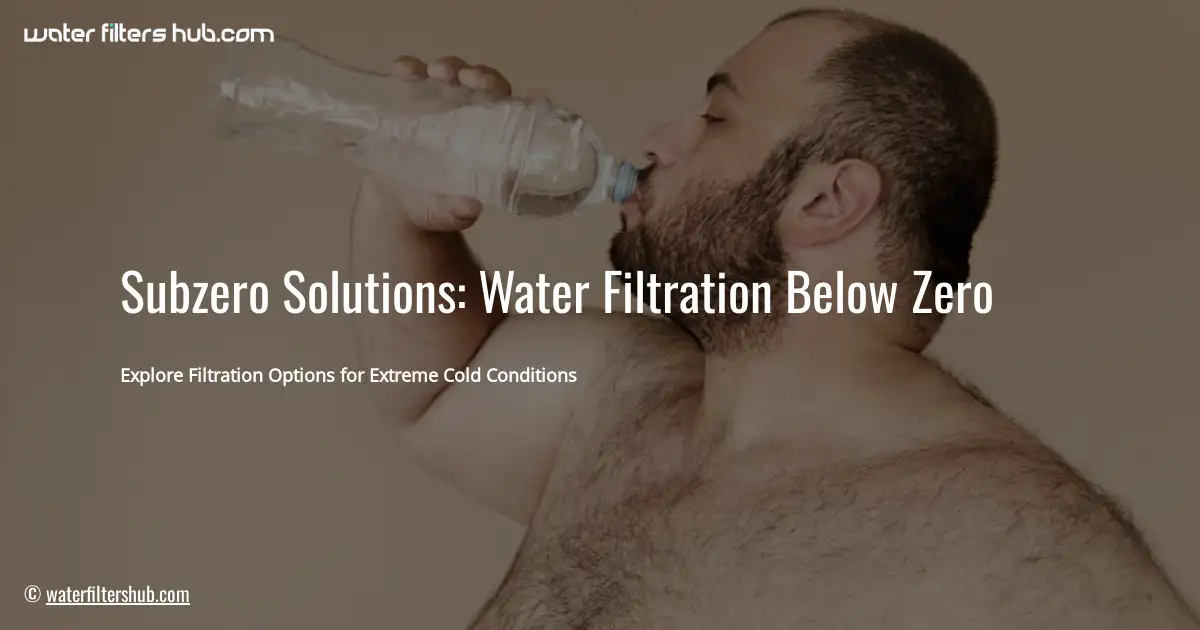
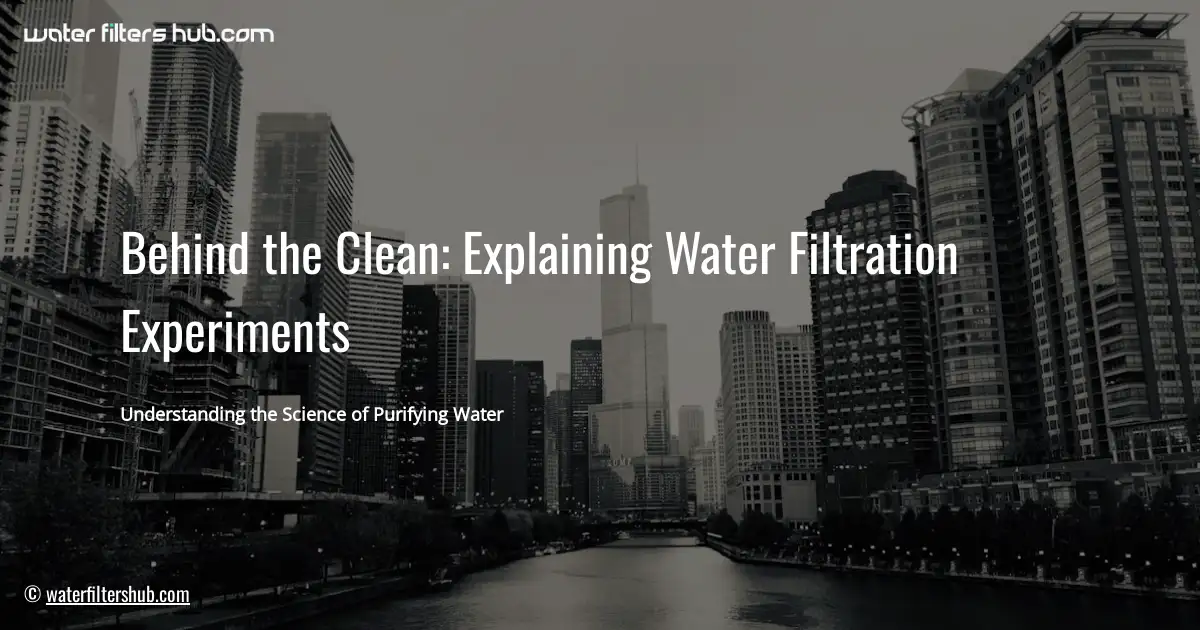
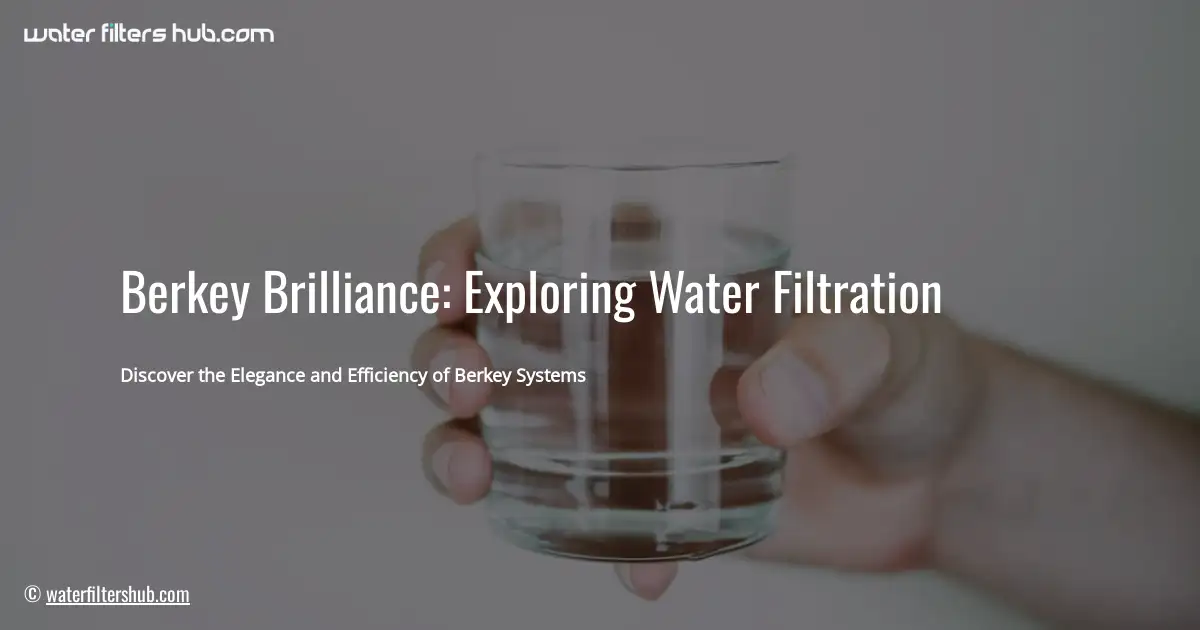
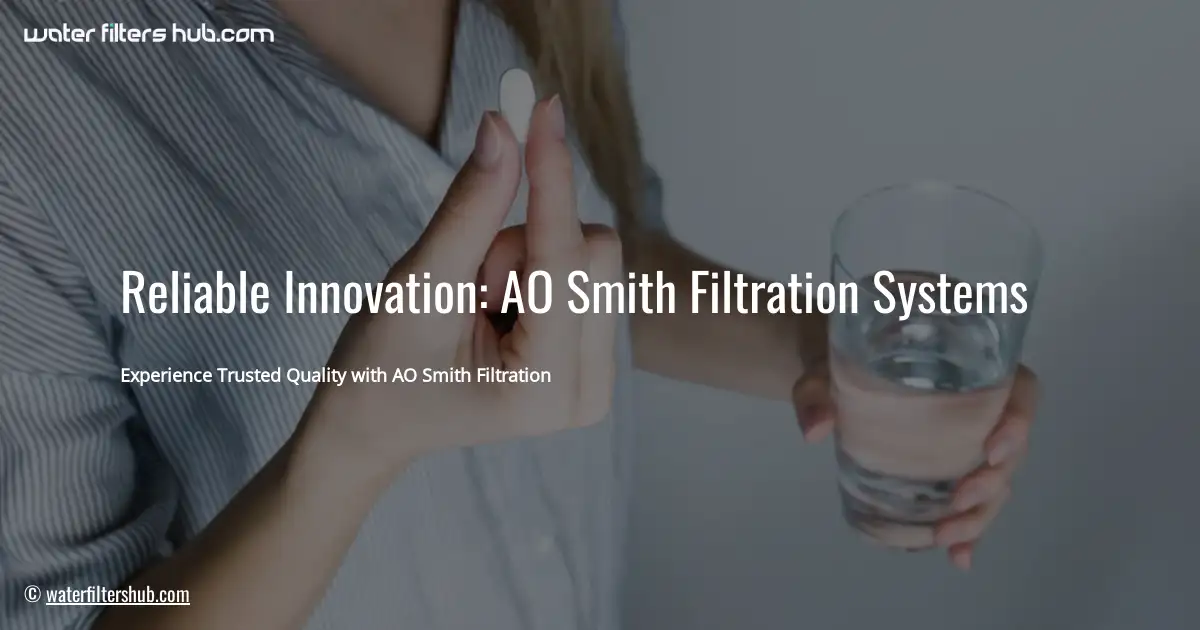
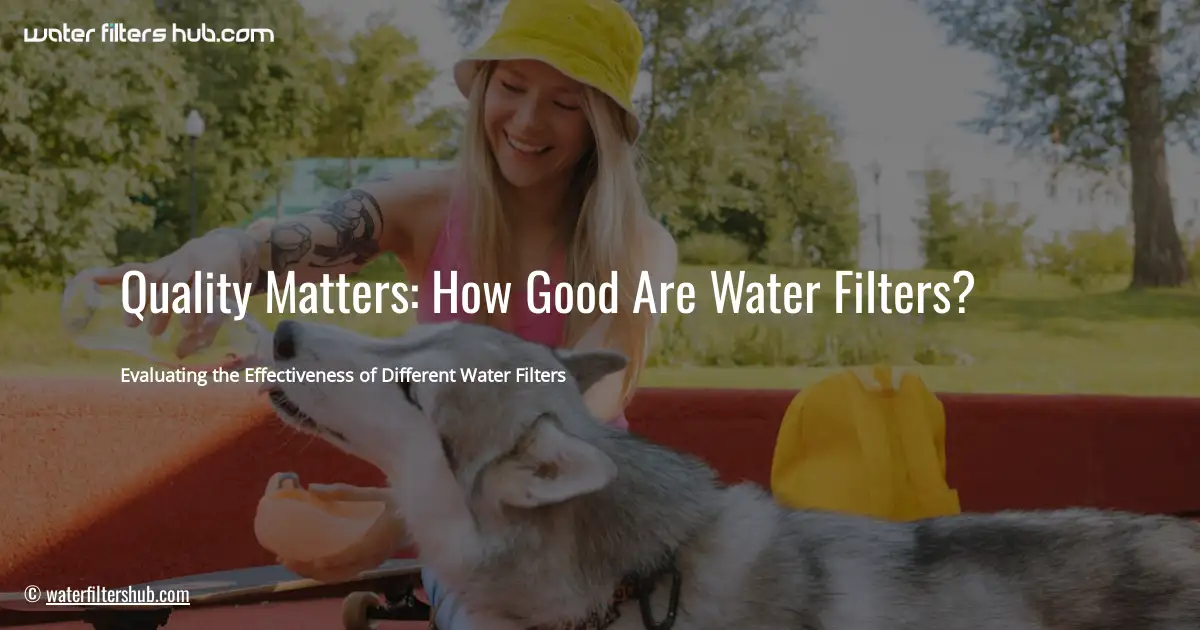
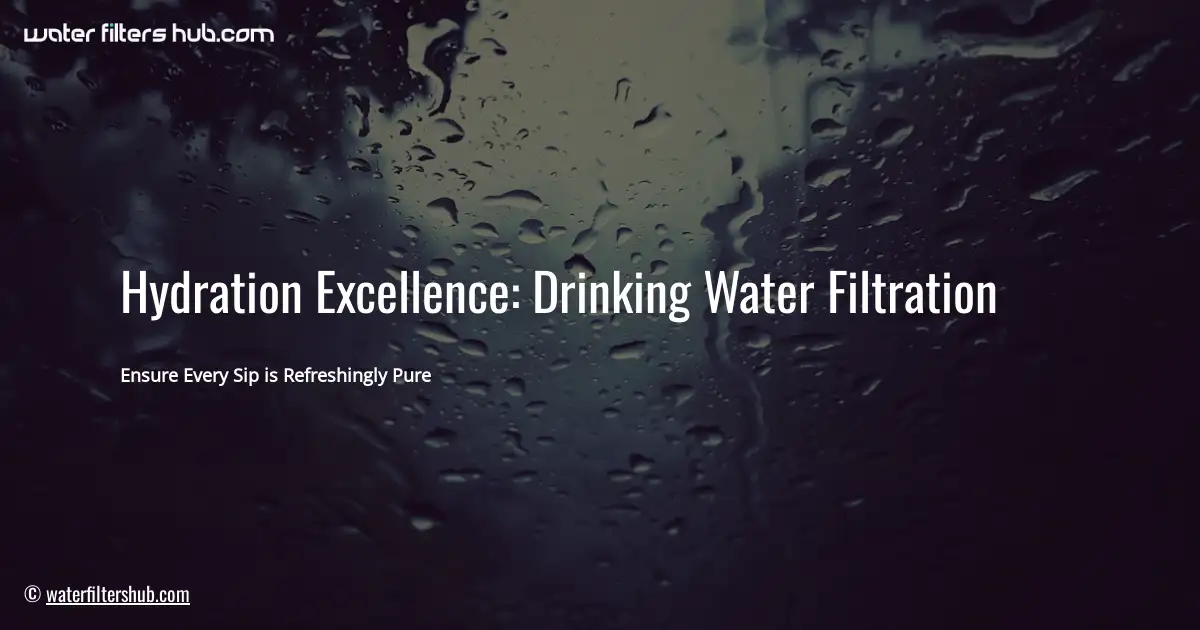
Leave a Reply